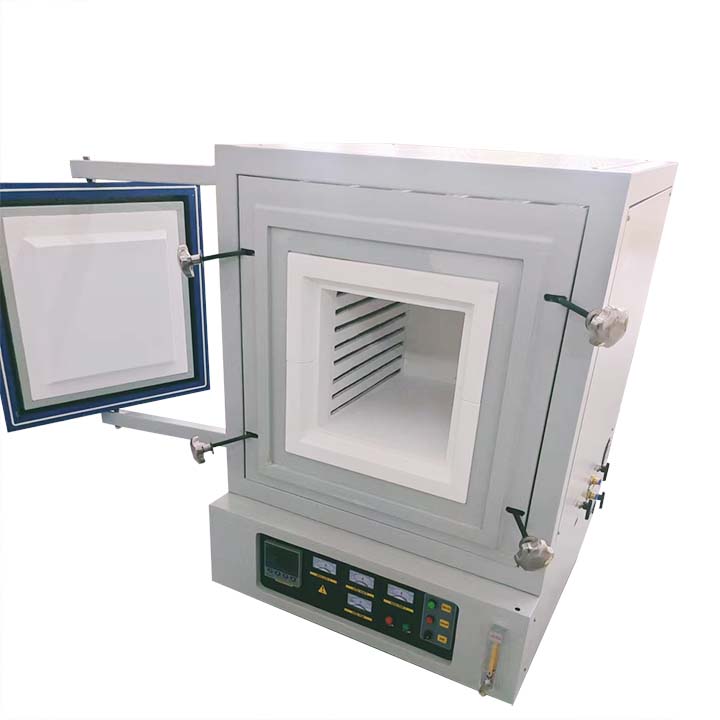A laboratory furnace, often referred to as a lab furnace, is a specialized piece of equipment used in scientific and industrial laboratories for applications that involve heating materials to high temperatures. Lab furnaces are crucial for various processes such as sample preparation, material testing, and synthesis of materials. Here are some key features and applications of lab furnaces:
Features of Lab Furnaces:
Temperature Control:
Lab furnaces are designed to reach and maintain specific temperatures, ranging from moderate to extremely high temperatures, depending on the application.
Heating Elements:
They contain heating elements, such as resistance wires or heating coils, that generate heat when an electric current passes through them.
Insulation:
Furnaces are insulated to prevent heat loss and ensure efficient temperature control. Insulating materials may include refractory materials or ceramic fiber insulation.
Chamber or Crucible:
Lab furnaces have a chamber or crucible where the material to be heated is placed. The design of this chamber varies based on the intended application.
Control Systems:
Advanced lab furnaces come equipped with precise temperature control systems, programmable settings, and safety features.
Ventilation and Exhaust Systems:
Some lab furnaces include ventilation and exhaust systems to control the atmosphere inside the chamber and remove gases or by-products generated during heating.
Types of Lab Furnaces:
Lab furnaces come in various types, including tube furnaces, muffle furnaces, box furnaces, and vacuum furnaces. Each type is suitable for specific applications.
Applications of Lab Furnaces:
Material Synthesis:
Lab furnaces are used for synthesizing materials, including ceramics, metals, and composites, by subjecting them to controlled heating processes.
Heat Treatment:
Materials can undergo heat treatment processes in lab furnaces to alter their mechanical properties, such as hardness, strength, and elasticity.
Sample Preparation:
Lab furnaces are employed for preparing samples for analysis in various scientific disciplines, including chemistry, materials science, and geology.
Chemical Reactions:
They facilitate controlled chemical reactions at high temperatures, allowing researchers to study and optimize reaction kinetics.
Annealing:
Lab furnaces are used for annealing processes, where materials are heated and slowly cooled to remove internal stresses and improve their structural properties.
Debinding and Sintering:
In materials processing, lab furnaces are utilized for debinding and sintering powdered materials to form solid objects with desired properties.
Catalyst Activation:
Certain chemical processes require catalysts, and lab furnaces can be used to activate and prepare catalyst materials.
Research and Development:
Lab furnaces play a crucial role in research and development across various scientific fields, enabling scientists to explore and understand the behavior of materials at elevated temperatures.
The versatility and precision of lab furnaces make them indispensable tools in scientific research, quality control, and industrial processes where controlled heating is a critical aspect of the operation.

